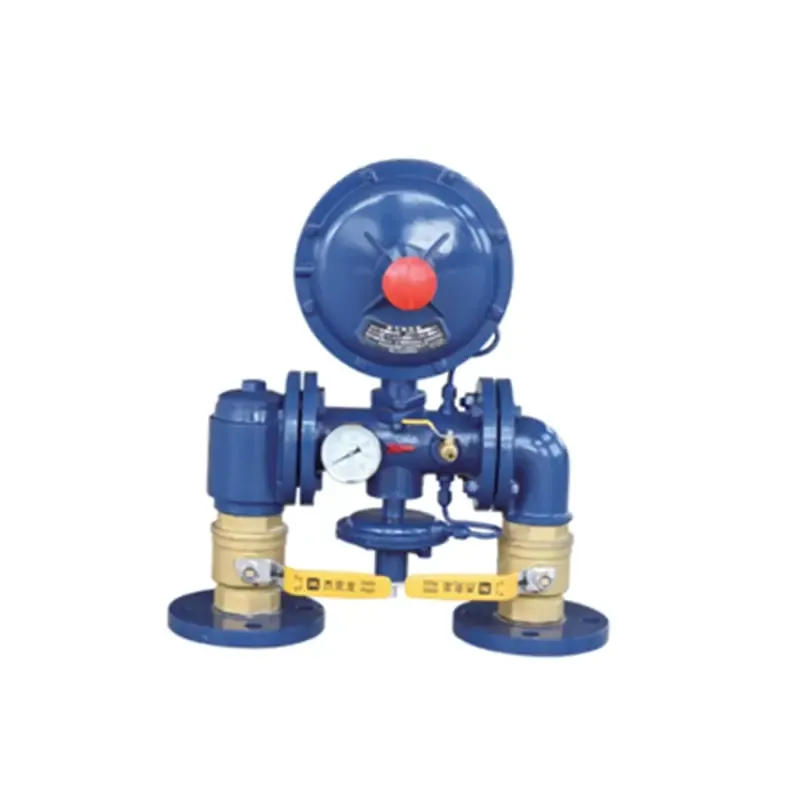
10 月 . 31, 2024 04:45
Back to list
cyclone separator
Understanding Cyclone Separators
Cyclone separators are essential equipment used in various industries for separating particles from gas streams. They operate on the principle of centrifugal force, utilizing the design of a cyclone to create a swirl effect that effectively separates the heavier particles from lighter gas phases. This technology is crucial for processes where impurities need to be removed from gases, ensuring cleaner emissions and improved efficiency in production.
At its core, a cyclone separator consists of a cylindrical chamber with a conical bottom. As gas enters the cyclone at a tangent, it begins to spin, creating a vortex. This swirling action causes denser particles to be thrown outward against the wall of the cylinder, where they then slide down to the conical section and are collected. Meanwhile, the lighter gases move upward through the center and exit at the top. The design ensures that the separation efficiency is maximized, making cyclone separators ideal for handling a wide range of particle sizes, from fine dust to larger debris.
One of the key advantages of cyclone separators is their simplicity and cost-effectiveness
. They have no moving parts, which means less maintenance is required compared to other filtration systems. Additionally, they can operate in high-temperature and high-pressure environments, making them suitable for various industries, including food processing, chemical manufacturing, and even power generation.cyclone separator

Cyclone separators are often used as a pre-filtration stage to protect more sensitive equipment, such as bag filters or electrostatic precipitators. By removing large and heavy particles upfront, they help extend the life of downstream filtering equipment and improve overall system performance.
In industry, the efficiency of cyclone separators can vary based on several factors, including gas flow rate, particle size, and the design of the cyclone itself. Engineers often utilize computational fluid dynamics (CFD) to optimize the design and operation of these separators, ensuring they meet specific requirements for different applications.
Moreover, with the increasing emphasis on environmental protection and sustainability, cyclone separators play a pivotal role in air pollution control. By capturing particulate matter before it can be released into the atmosphere, these separators contribute significantly to cleaner air and reduced regulatory compliance costs.
In conclusion, cyclone separators are a vital component in many industrial processes. Their ability to efficiently separate particles from gas streams while being cost-effective and low-maintenance makes them a popular choice across various sectors. As industries continue to seek improved efficiencies and adhere to stricter environmental regulations, the importance of cyclone separators will only grow.
Next:
Latest news
-
Unlocking The Quality Gas Pressure ReducersNewsNov.01,2024
-
The Role of Gas Pressure Reducing StationsNewsNov.01,2024
-
The Importance and Functionality of Safety Relief ValvesNewsNov.01,2024
-
The Essential Role of Safety Valves in Natural Gas ApplicationsNewsNov.01,2024
-
The Essential Role of Gas Pressure RegulatorsNewsNov.01,2024
-
Enhance Your Premium Gas FiltersNewsNov.01,2024

